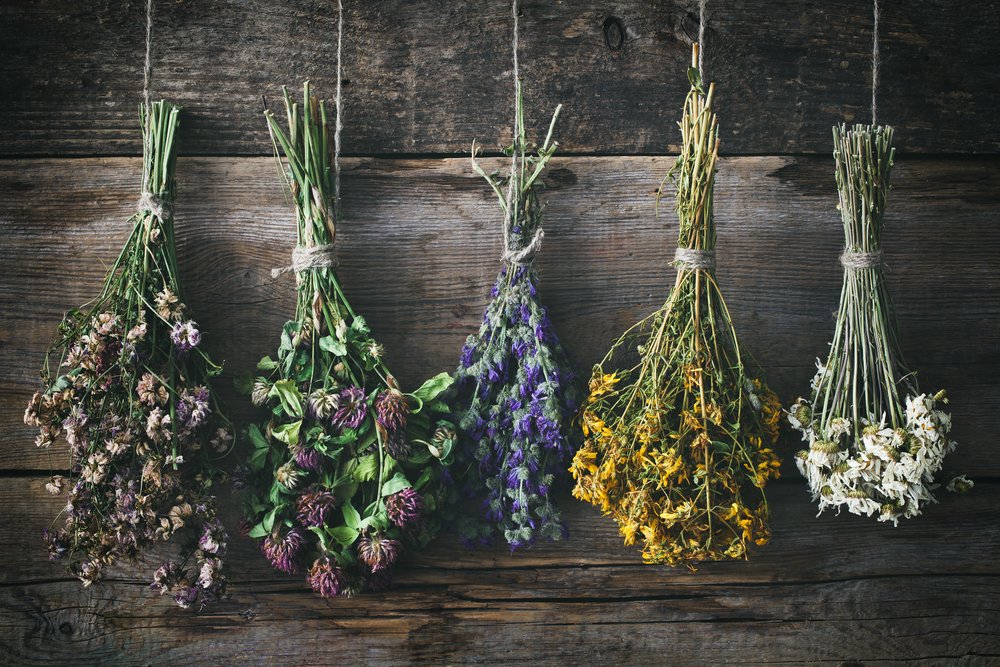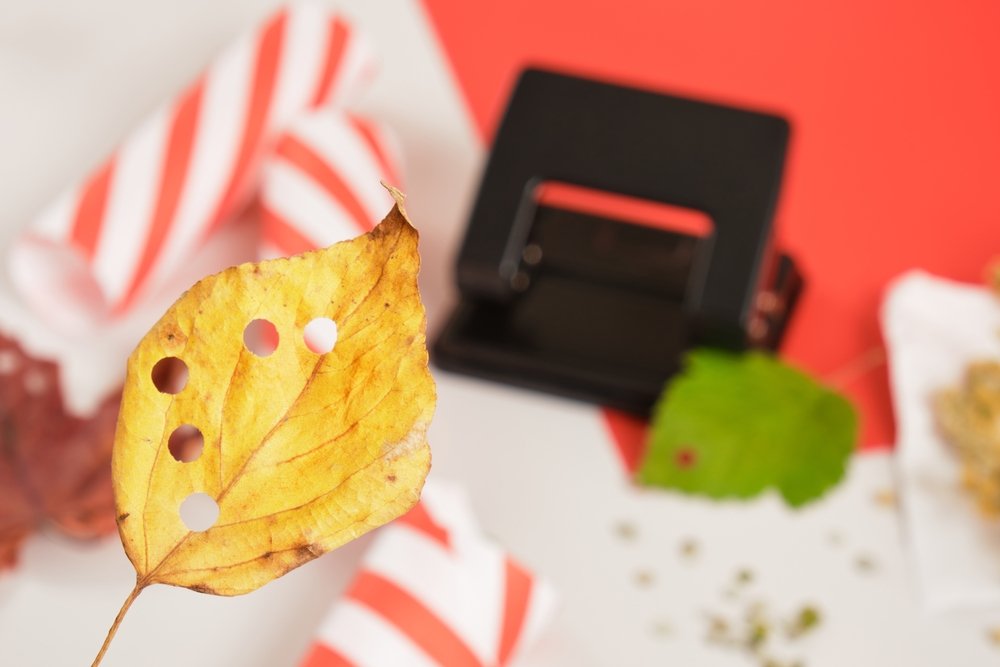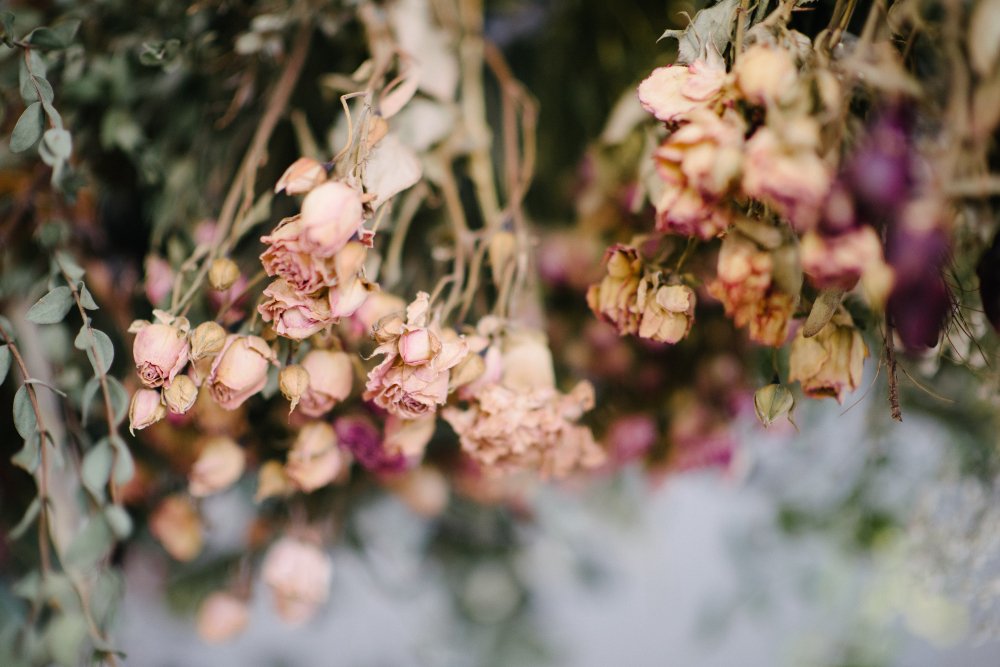How to Make Your Own Sustainable New Year’s Eve Confetti
Ringing in the new year with a flurry of color is so much fun!
However, glitter and plastic confetti isn't always good for nature, as they're not recyclable and stay on Earth for quite a long time.
While they're here, they can cause a lot of damage, from poisoning the soil and the oceans to being ingested by animals, birds, and fish who mistake them for food.
When it comes to protecting the pristine waters of Norway, we follow high standards of our own. For example, we stopped using copper in our nets over 20 years ago because it's not good for the water and marine organisms. We also recycle our nets and do everything we can to combat microplastics waste, which is exactly what confetti turns into. Any plastics in the ocean break up into very small particles that are harmful to ocean ecosystems.
But we're not going to rain on your New Year’s Eve parade! Instead, here's a way to swap plastic confetti for planet-friendly biodegradable or compostable options!
The good news is that there are great alternatives we can make on our own that are actually fun, good for the environment, and are also free.
All of our eco-confetti ideas come from nature, which makes them easy to compost!
1) Little pieces of dried flowers recreate the same colorful waves in the air as confetti does. They can be created easily by drying out flowers. In a cool and dark space, leave hanging upside down, without water to dry. That way they can last up to a year! Bonus points if you pick seasonal, local flowers that are available nearby where you live.
2) Leaves are also an incredibly beautiful alternative to plastic confetti. If you pick them up in the autumn, you can get so many different colors—not just all shades of green and brown, but also red, yellow, and even pink! The leaves of ornamental cabbage and kale are also very colorful and beautiful! Simply choose some leaves and use a hole punch to repurpose them into confetti. One leaf will create plenty of confetti pieces that can be used immediately or dried to preserve for later.
3) Using a hole punch, you can also create scented confetti from orange, tangerine, grapefruit, and lemon peels. To make your confetti fancier, use a heart-shaped hole punch!
4) If you are celebrating outdoors, you can add bird seeds to your homemade confetti mix. That way, you'll do a favor to the local birds who usually have a harder time finding food in the winter. The most commonly used birdseed ingredients are sunflowers, corn, millet, tiny fruits (such as raisins and cherries), and small pieces of peanuts.
5) Depending on where you live, you can use nature's winter gifts for home decoration and confetti. Rosehips, winterberries, as well as winter herbs like sage, common thyme, oregano, chives, chamomile, mints, lavender, and tarragon, can be also added to your confetti mix.
6) Finally, if you want to recreate the popping effect of the confetti poppers, we recommend this tutorial by Joy in Crafting, which is a terrific sustainable option.
Enjoy your New Year's Eve celebration in a fun and eco-friendly way, and don't forget to share photos of your sustainable confetti with us at @KvaroyKids!





